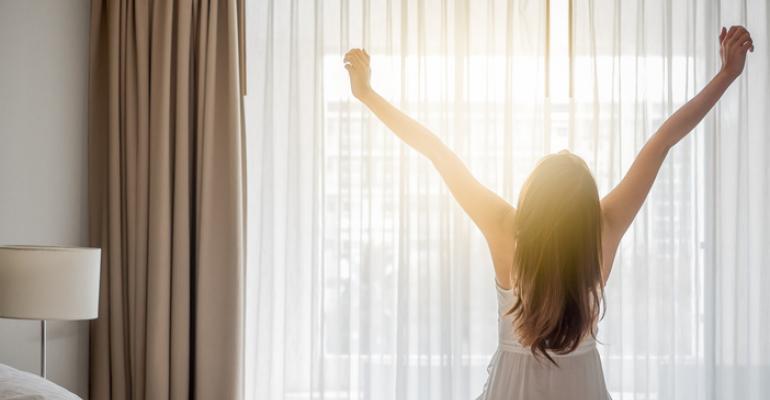When J.D. Power released its 2019 North America Hotel Guest Satisfaction Index Study that was based on 44,000 responses from hotel guests over the prior 12 months, one of the most significant findings in the report was this: Quality of sleep is a critical component of a guest’s experience, and one that hotel brands can control through particular elements.
Now, in the post-Covid meetings environment—where hotel rates are historically high yet quality of service is less assured due to staffing shortages—a good night's rest for attendees could be a primary factor in creating an effective, worthwhile meeting experience for all stakeholders.
“Delivering a superior sleep experience is a huge opportunity for hotels to differentiate themselves and earn significant goodwill with guests,” Jennifer Corwin, director of consumer insights for J.D. Power, said when the survey was first published. In fact, “of all the discrete variables we measure, a better-than-expected night’s sleep has the potential to drive the highest levels of overall guest satisfaction.”
The specific elements that deliver a better-than-expected night’s sleep are comfort of the bed, quietness of the room, comfort of pillows, comfort of linens, and room temperature. Aso, satisfaction scores were higher when hotels offered white-noise/sound machines, earplugs, eye masks, robes, slippers, and authentic local decor in guest rooms. These are items planners might want to add to their site-inspection checklists.
Naturally, such amenities are found more often in more-expensive hotel segments, and so the guest-satisfaction scores for quality of sleep correlate to hotel segment. J.D. Power found the highest rate of guests having better-than-expected sleep quality to be in the luxury segment (42 percent), followed by the upper-upscale segment (33 percent), upscale segment (31 percent), upper-midscale segment (28 percent), midscale segment (28 percent), and economy segment (23 percent).





